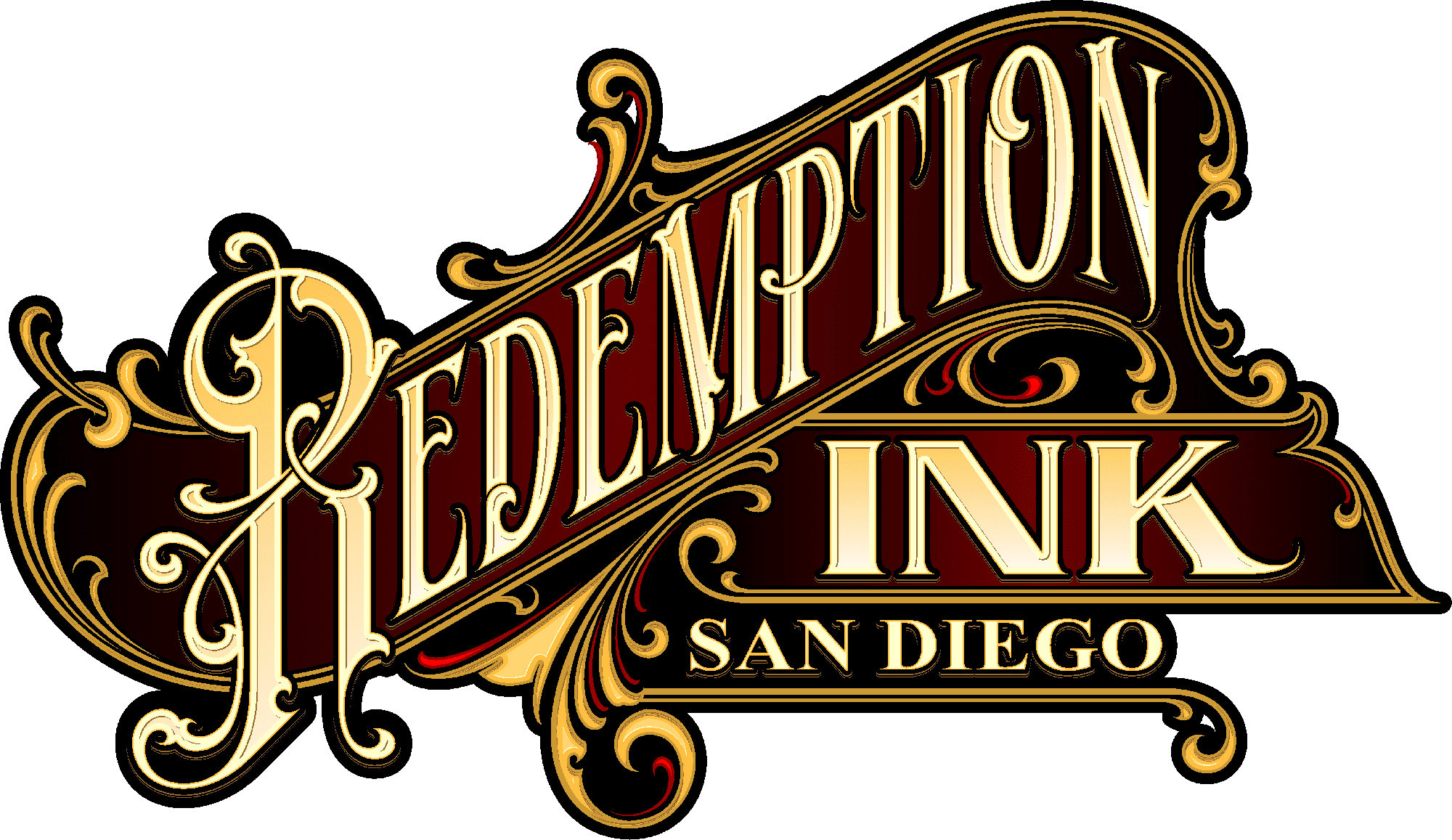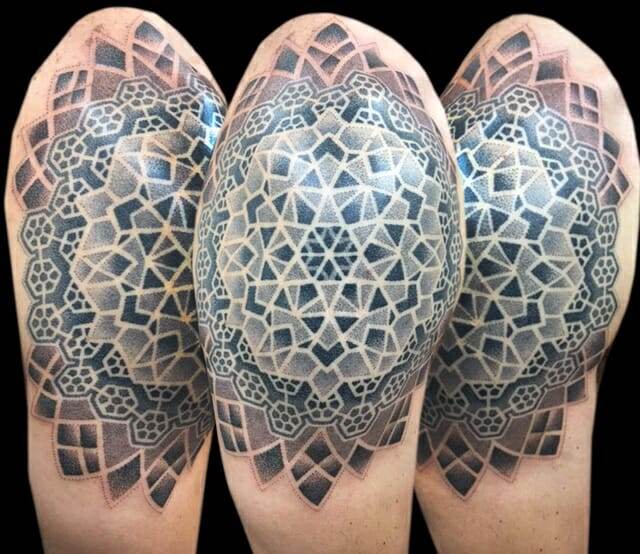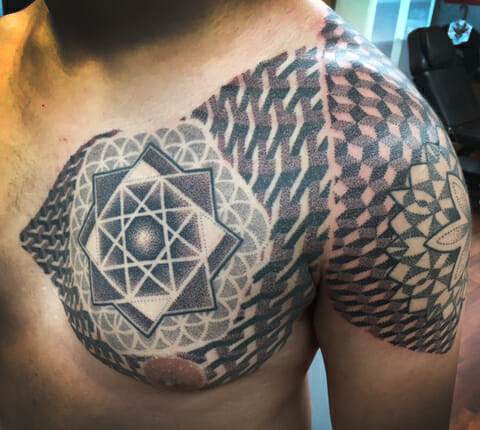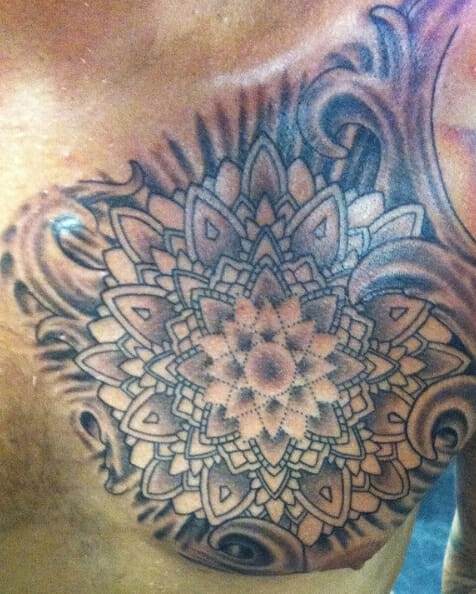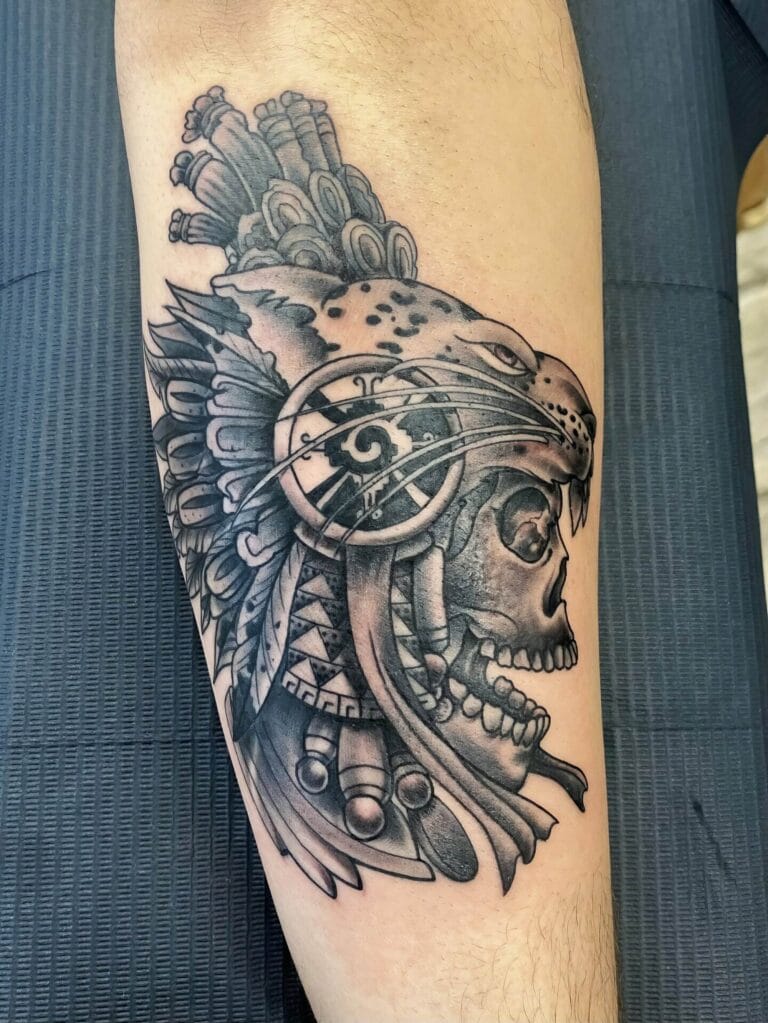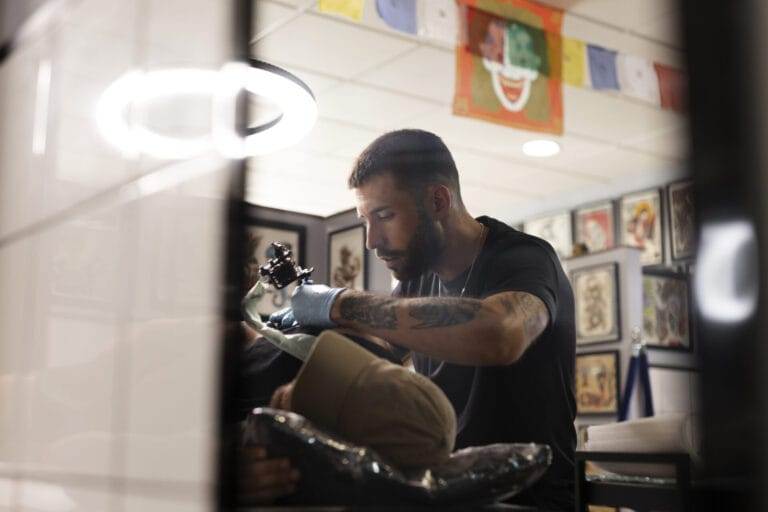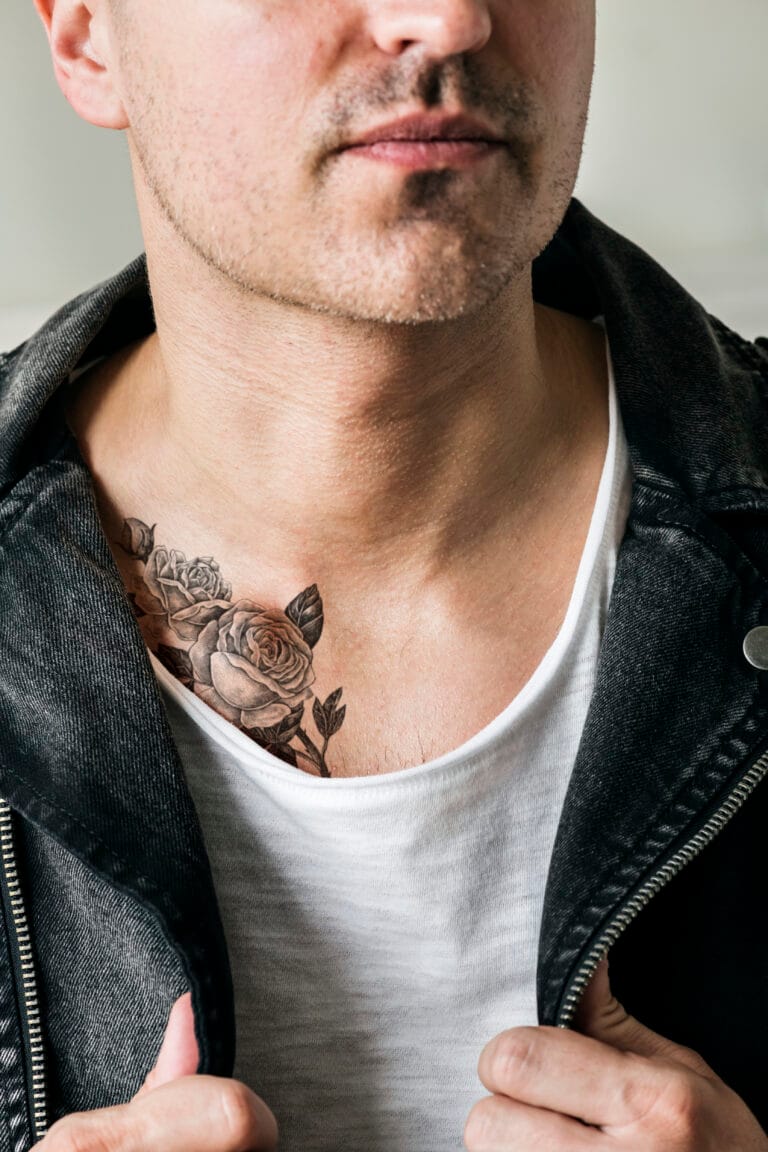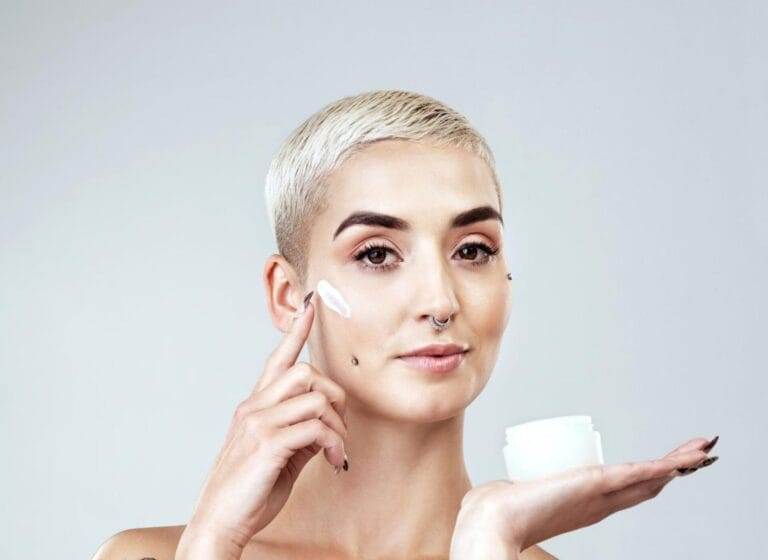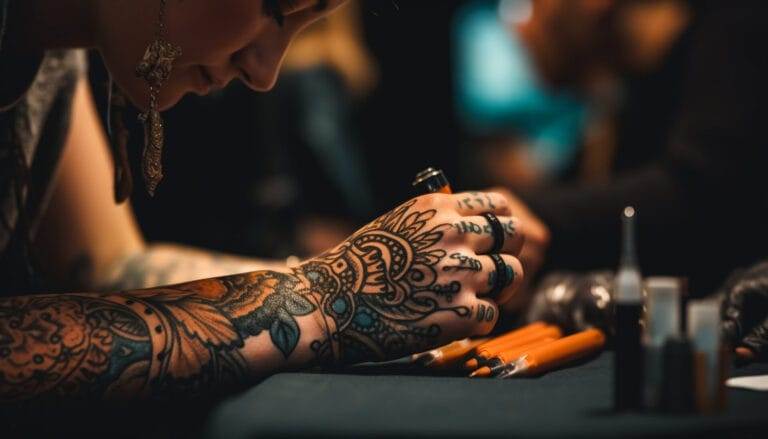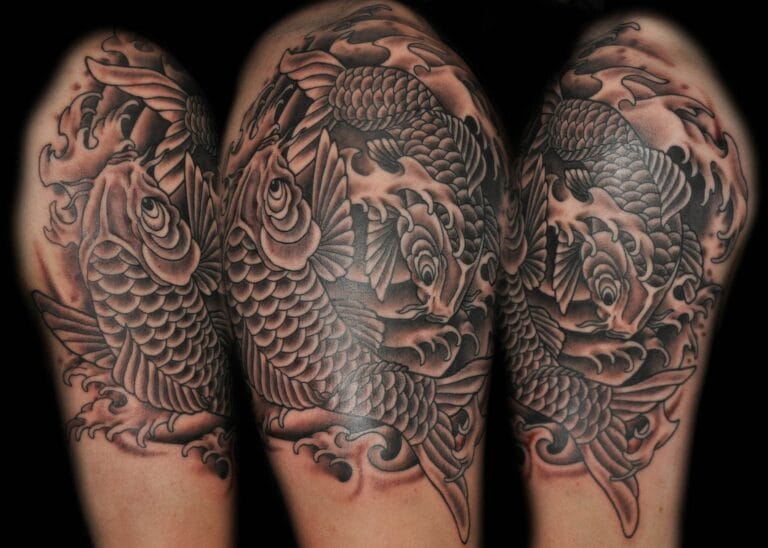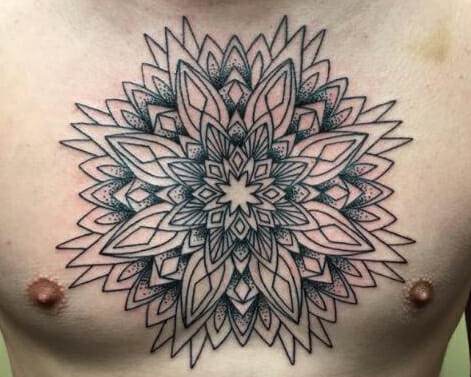
Geometric and mandala tattoos have become increasingly popular in the tattoo industry, captivating the attention of tattoo enthusiasts around the world. These intricate and mesmerizing designs have transformed into a form of self-expression and art, allowing individuals to showcase their unique style and personality. The beauty and significance of geometric and mandala tattoos lie in their ability to convey deep meanings and symbolize various beliefs and traditions.
Understanding the Symbolism of Geometric & Mandala Tattoos
Geometric and mandala tattoos are not just visually appealing; they also hold profound symbolism. Geometric tattoos often represent balance, harmony, and order. The precise lines and shapes create a sense of symmetry, reflecting the balance we strive for in our lives. These tattoos can also symbolize strength, protection, and connection to the universe.
On the other hand, mandala tattoos have a rich spiritual and cultural significance. Derived from the Sanskrit word for “circle,” mandalas represent wholeness, unity, and the interconnectedness of all things. They are often used as a tool for meditation and self-reflection in various traditions such as Buddhism and Hinduism. Mandalas can also symbolize personal growth, transformation, and the journey towards enlightenment.
The History of Geometric & Mandala Tattoos: Origins and Evolution
The history of geometric and mandala tattoos dates back centuries, with roots in different cultures around the world. Geometric tattoos can be traced back to ancient civilizations such as the Egyptians, Greeks, and Mayans. These cultures used geometric patterns to represent their beliefs, rituals, and social status.
Mandala tattoos have a long history in Eastern cultures, particularly in Buddhism and Hinduism. Mandalas were used as spiritual symbols to aid in meditation and connect with higher realms of consciousness. Over time, these intricate designs spread to other parts of the world, gaining popularity in Western tattoo culture.
In recent years, geometric and mandala tattoos have evolved to suit modern styles and trends. Tattoo artists have incorporated new techniques and tools to create more intricate and detailed designs. The fusion of traditional symbolism with contemporary aesthetics has resulted in a diverse range of geometric and mandala tattoos that cater to individual preferences.
The Psychology of Geometric & Mandala Tattoos: Why We Are Drawn to Them
There are several psychological reasons why people are drawn to geometric and mandala tattoos. Firstly, these tattoos provide a sense of identity and self-expression. They allow individuals to showcase their unique style and personality, creating a visual representation of who they are.
Secondly, geometric and mandala tattoos can empower individuals by symbolizing strength, protection, and connection to something greater than oneself. These tattoos serve as a reminder of personal growth, resilience, and the ability to overcome challenges.
Lastly, these tattoos can provide a sense of connection and belonging. The intricate patterns and symmetrical designs create a visual harmony that resonates with our innate desire for order and balance. They can also serve as a form of spiritual or cultural connection, allowing individuals to express their beliefs and values.
The Different Styles of Geometric & Mandala Tattoos: From Minimalist to Intricate
Geometric and mandala tattoos come in various styles, ranging from minimalist designs to intricate and detailed patterns. Minimalist geometric tattoos often feature simple lines and shapes, creating a clean and understated look. These tattoos are popular among those who prefer a more subtle and discreet design.
On the other end of the spectrum, intricate geometric tattoos showcase complex patterns and interlocking shapes. These designs require meticulous attention to detail and often cover larger areas of the body. Intricate geometric tattoos are favored by those who appreciate the mesmerizing beauty of intricate patterns.
Similarly, mandala tattoos can vary in complexity. Minimalist mandalas feature simple circular patterns with minimal details, while intricate mandalas incorporate intricate patterns and symbols. The level of detail in a mandala tattoo can be customized to suit individual preferences and the desired aesthetic.
The Role of Color in Geometric & Mandala Tattoos: How It Enhances the Design
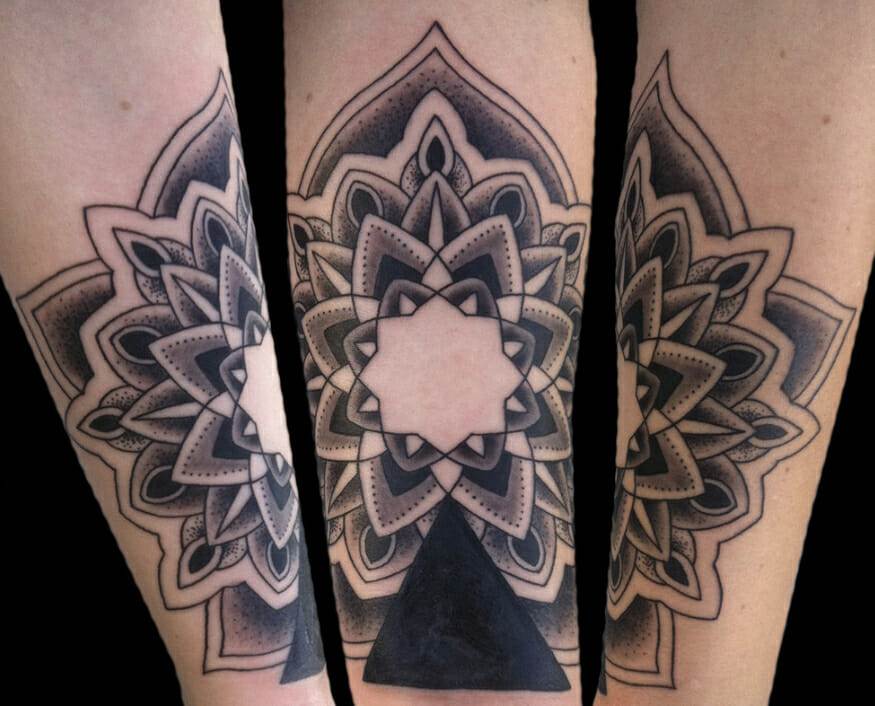
Color plays a crucial role in enhancing the design and meaning of geometric and mandala tattoos. While some individuals opt for black ink tattoos, others choose to incorporate vibrant colors into their designs. The choice of color can evoke different emotions and moods, adding depth and dimension to the tattoo.
In geometric tattoos, color can be used to highlight specific shapes or create contrast within the design. Vibrant colors such as red, yellow, and blue can symbolize energy, vitality, and passion. Softer hues like pastel shades can create a more serene and calming effect.
In mandala tattoos, color is often used to represent different elements or chakras. Each color holds its own significance and can convey different emotions or energies. For example, blue represents tranquility and communication, while purple symbolizes spirituality and intuition.
The Placement of Geometric & Mandala Tattoos: Where to Get Them and Why
The placement of geometric and mandala tattoos can greatly impact the overall design and meaning of the tattoo. Different parts of the body hold different cultural and symbolic significance, influencing the choice of placement for these tattoos.
Geometric tattoos are versatile and can be placed on various parts of the body. Some popular choices include the forearm, upper arm, back, or chest. These areas provide a larger canvas for more intricate designs. However, geometric tattoos can also be placed on smaller areas such as the wrist or ankle for a more discreet look.
Mandala tattoos are often placed on areas that hold spiritual or symbolic significance. The back is a popular choice for larger mandalas as it provides ample space for intricate designs. Other common placements include the forearm, thigh, or shoulder. Some individuals choose to have mandalas on their hands or feet, symbolizing the connection between the physical and spiritual realms.
The Process of Getting a Geometric & Mandala Tattoo: What to Expect
Getting a geometric or mandala tattoo involves several steps, from consultation to aftercare. It is essential to find a reputable and experienced tattoo artist who specializes in these styles to ensure a high-quality result.
The process typically begins with a consultation where the client discusses their ideas and preferences with the tattoo artist. The artist will then create a custom design based on the client’s input. Once the design is finalized, the tattooing process begins.
During the tattoo session, the artist will use specialized tools such as tattoo machines or hand-poking techniques to create the desired design. The duration of the session depends on the size and complexity of the tattoo. Afterward, proper aftercare is crucial to ensure proper healing and minimize the risk of infection.
The Healing Power of Geometric & Mandala Tattoos: How They Can Help You Mentally and Emotionally
Geometric and mandala tattoos have been known to have therapeutic benefits, helping individuals cope with mental and emotional issues. The process of getting a tattoo can be cathartic, allowing individuals to release emotions and express themselves creatively.
For some, geometric and mandala tattoos serve as a form of self-empowerment. They can symbolize personal growth, resilience, and the ability to overcome challenges. These tattoos serve as a constant reminder of one’s strength and inner power.
Additionally, mandala tattoos can aid in meditation and mindfulness practices. The intricate patterns and symmetrical designs create a focal point for concentration, helping individuals achieve a state of calm and inner peace. Mandalas can also serve as a visual representation of one’s spiritual journey or connection to higher realms of consciousness.
The Future of Geometric & Mandala Tattoos: Trends and Innovations to Watch Out For
The world of geometric and mandala tattoos is constantly evolving, with new trends and innovations emerging. Tattoo artists are pushing the boundaries of traditional tattooing, incorporating new techniques and styles into their work.
One trend that has gained popularity in recent years is the fusion of geometric and mandala tattoos with other styles such as watercolor or dotwork. This combination creates a unique and visually striking design that showcases the versatility of these tattoos.
Another emerging trend is the use of UV ink in geometric and mandala tattoos. UV ink is invisible under normal light but glows under ultraviolet light, creating a hidden design that can only be seen in certain conditions. This innovative technique adds an element of surprise and intrigue to the tattoo.
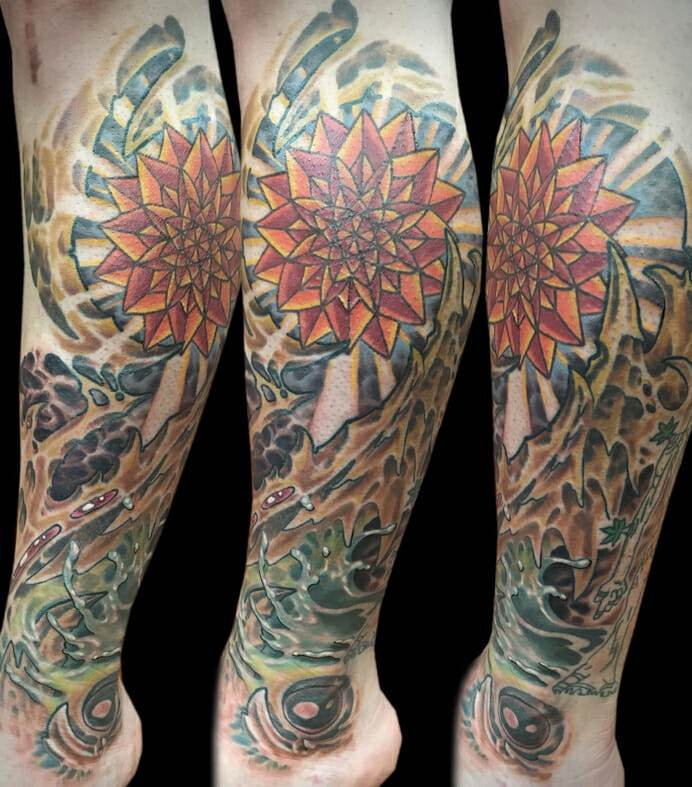
Conclusion: The Enduring Appeal of Geometric & Mandala Tattoos and Why They Will Always Be Relevant
Geometric and mandala tattoos have captivated the hearts of tattoo enthusiasts around the world, thanks to their beauty, symbolism, and versatility. These tattoos have a rich history and cultural significance, representing different beliefs and traditions. They have evolved over time to suit modern styles and trends, incorporating new techniques and tools.
The enduring appeal of geometric and mandala tattoos lies in their ability to convey deep meanings and provide a form of self-expression. These tattoos empower individuals, symbolizing personal growth, resilience, and connection to something greater than oneself. They also have therapeutic benefits, helping individuals cope with mental and emotional issues.
As the tattoo industry continues to evolve, geometric and mandala tattoos will remain relevant. New trends and innovations will shape the future of tattoo art, pushing the boundaries of traditional designs. It is important to appreciate the beauty and significance of these tattoos as a form of self-expression and art. Whether minimalist or intricate, black ink or vibrant colors, geometric and mandala tattoos will continue to inspire and captivate for years to come.
